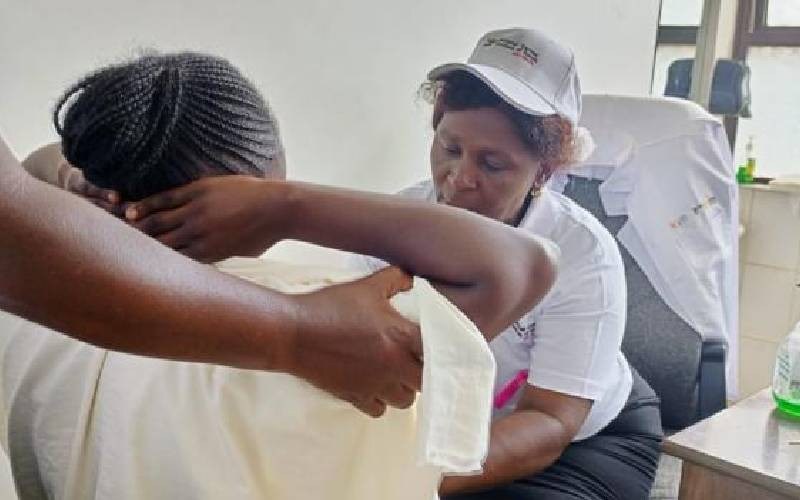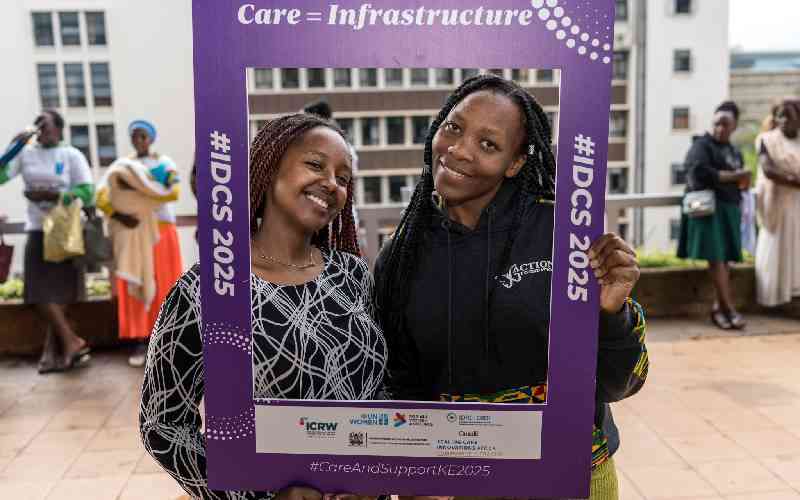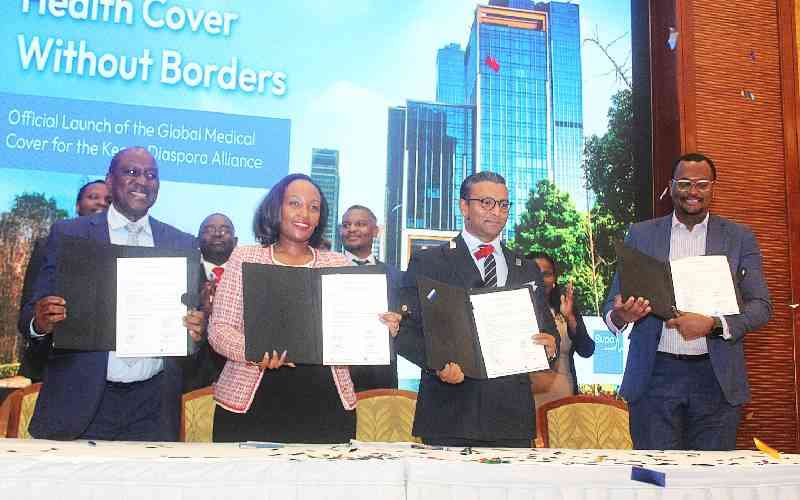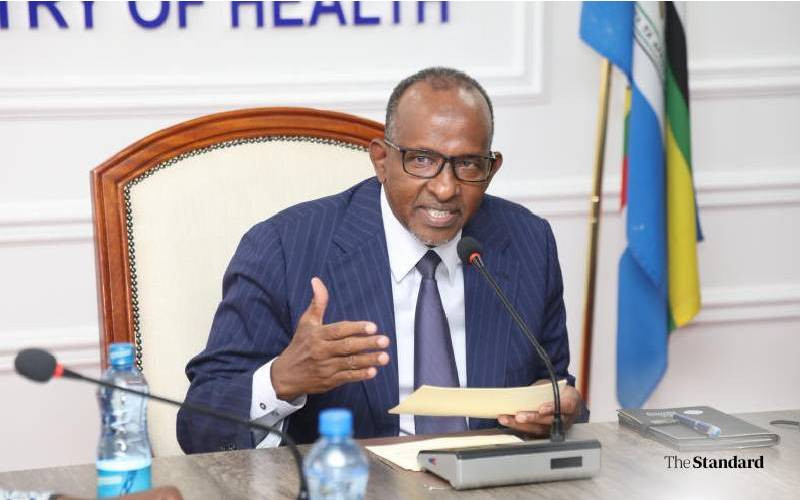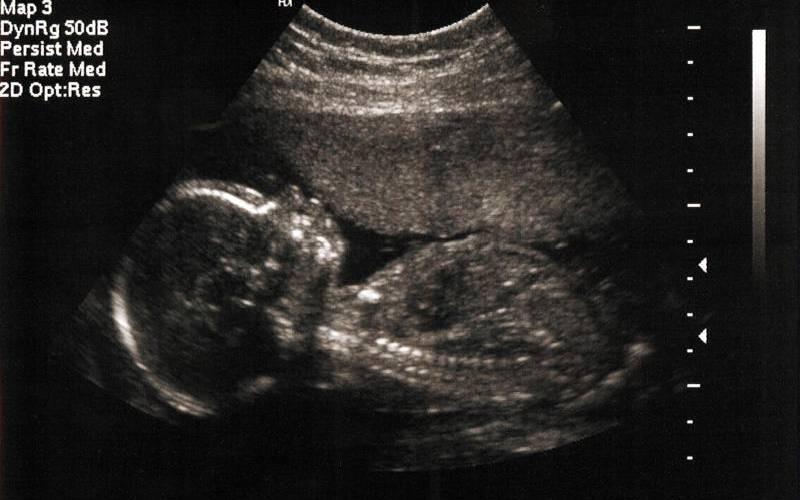
In many cultures, having children is seen as the fulfilment of a social contract and the obligation of a couple to meet this expectation. But this path to parenthood is often paved with anxiety and fear. While some worries are familiar, like infertility, advancing age or the stress of labour, stillbirth remains a silent shadow, rarely spoken about but deeply feared.
Motherhood is a personal journey, different for every woman. From the moment pregnancy is confirmed, a woman becomes subject to nature’s unspoken rules such as what to eat, what to avoid, how often to rest, and when to seek medical care.
Numerous check-ups, vaccinations, scans and consultations all aim at one goal of bringing a healthy baby into the world. But when that journey ends in stillbirth, the devastation is unmatched.
Stillbirth refers to the death of a baby after 24 weeks of pregnancy but before or during delivery. It is a heartbreaking experience that can leave parents with profound emotional pain and unanswered questions.
Women in sub-Saharan Africa and South Asia shoulder the heaviest burden of stillbirths. According to the United Nations Children’s Fund (UNICEF), these two regions account for nearly 80 per cent of all stillbirths, with sub-Saharan Africa contributing 50 per cent and South Asia 31 per cent.
In Kenya, the World Health Organisation (WHO) estimates that the national stillbirth rate stands at 18 to 19 per 1,000 births. This is significantly higher than the global average of 13.9 per 1,000. Although data at the county level remains limited, national health trends suggest that regions with poor access to antenatal care, delayed referrals and high poverty levels tend to record more stillbirths.
- How fibroids deny many women motherhood
- Health experts warn delayed motherhood raises risk of ectopic pregnancy
Keep Reading
According to Dr Joan Okemo, Consultant Obstetrician and Gynaecologist at Aga Khan University Hospital, Nairobi, a stillbirth often leaves parents overwhelmed and seeking answers. “Every expectant woman wishes to carry their pregnancy to full term without complications. However, sometimes stillbirths do occur, putting an end to the expectations,” she explains.
The most alarming sign of a possible stillbirth is reduced or no fetal movement. “Lack of fetal movement should always be treated as a medical emergency,” Dr Okemo emphasises. Any noticeable change should prompt immediate consultation.
The causes of stillbirth vary, and in some cases, may never be fully understood. Common causes include problems with the placenta, such as placental abruption or poor function, developmental abnormalities in the baby and maternal health conditions like poorly controlled diabetes or high blood pressure. Infections such as syphilis, malaria or COVID-19 can also play a role. However, in many cases, no clear cause can be identified.
Risk factors are divided into those you cannot change and those you can. Unchangeable factors include being under 20 or over 35 years old, having had a previous stillbirth, carrying multiples, or suffering from underlying health conditions such as lupus, thyroid disorders or kidney disease.
Changeable risk factors include smoking, alcohol or drug use, high blood pressure, obesity and inadequate prenatal care. Social determinants like living in areas with poor access to health services or high levels of poverty also contribute.
Stillbirths can sometimes be confused with other pregnancy complications like miscarriage or premature labour, but the key difference lies in timing. Miscarriages occur before 24 weeks, while stillbirths happen after that point.
Once stillbirth is suspected, diagnosis is confirmed through ultrasound to check for the baby’s heartbeat. If confirmed, families are given space to grieve and make decisions about the delivery. Labour is usually induced, though some may choose to wait for it to begin naturally. A Caesarean section might be necessary in some cases, especially if there are medical complications like heavy bleeding.
Dr Okemo notes the importance of emotional support. “Losing a baby is a deeply emotional experience, and emotional support is critical,” she says. “Grieving parents should be offered counselling and given a private, compassionate space to begin their healing process.” Creating memories, such as taking photographs or footprints, can also help families cope.
After delivery, physical recovery involves managing bleeding, cramping and fatigue. Emotional recovery, however, is often the harder journey. Postpartum depression is common and can include symptoms like deep sadness, difficulty sleeping, and disconnection from other children. Seeking help from a mental health professional is crucial during this time.
Understanding what caused the stillbirth may offer some closure. Medical teams might perform tests on the placenta or offer a post-mortem examination of the baby. These investigations help inform future pregnancies and allow doctors to better manage risks next time.
For those considering pregnancy again, Dr Okemo advises waiting for at least six months to allow both physical and emotional healing. “With the right preconception care, including managing existing health conditions and adopting a healthy lifestyle, many women go on to have successful pregnancies,” she reassures.
Globally, efforts to reduce stillbirths include promoting antenatal care, managing infections, improving access to emergency obstetric services and educating expectant mothers on warning signs. The WHO also calls for better tracking and reporting, especially in low-resource settings where many stillbirths go unrecorded.
Stillbirth remains one of the most painful and traumatic outcomes of pregnancy, yet with greater awareness, timely care and emotional support, families can find hope again. No parent should ever have to go through it alone. Healing may take time, but it is possible with compassion, support and the knowledge that they are not to blame.
 The Standard Group Plc is a multi-media organization with investments in media
platforms spanning newspaper print
operations, television, radio broadcasting, digital and online services. The
Standard Group is recognized as a
leading multi-media house in Kenya with a key influence in matters of national
and international interest.
The Standard Group Plc is a multi-media organization with investments in media
platforms spanning newspaper print
operations, television, radio broadcasting, digital and online services. The
Standard Group is recognized as a
leading multi-media house in Kenya with a key influence in matters of national
and international interest.



